(R)-LIPOIC ACID
Synonym(s):(R)-(+)-1,2-Dithiolane-3-pentanoic acid;(R)-6,8-Dithiooctanoic acid;(R)-6,8-Thioctic acid
- CAS NO.:1200-22-2
- Empirical Formula: C8H14O2S2
- Molecular Weight: 206.33
- MDL number: MFCD01631142
- EINECS: 638-752-2
- SAFETY DATA SHEET (SDS)
- Update Date: 2025-12-24 14:33:46
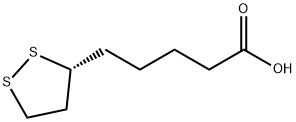
What is (R)-LIPOIC ACID?
Chemical properties
Yellow Crystalline Solid
The Uses of (R)-LIPOIC ACID
A fat-metabolism stimulator
The Uses of (R)-LIPOIC ACID
α-Lipoic acid has been used as a reference standard for the analysis of α-lipoic acid in human plasma by high performance liquid chromatography coupled to electron capture detector (HPLC-ECD), in various food matrices and dietary supplements by HPLC combined with coulometric electrode array detector (CEAD) as well as electrospray ionization mass spectrometer (ESI-MS).
It may be used as a reference standard for the determination of α-lipoic acid in human urine by isocratic reversed-phase HPLC and in α-lipoic acid capsules by HPLC with chemiluminescence detection.
Indications
For nutritional supplementation, also for treating dietary shortage or imbalance.
Background
A vitamin-like antioxidant.
What are the applications of Application
(+)-α-Lipoic acid is An antioxidant
Definition
ChEBI: (R)-lipoic acid is the (R)-enantiomer of lipoic acid. A vitamin-like, C8 thia fatty acid with anti-oxidant properties. It has a role as a prosthetic group, a nutraceutical and a cofactor. It is a lipoic acid, a member of dithiolanes, a heterocyclic fatty acid and a thia fatty acid. It is functionally related to an octanoic acid. It is a conjugate acid of a (R)-lipoate. It is an enantiomer of a (S)-lipoic acid.
General Description
α-Lipoic acid is an antioxidant which is generally present in plants, animals and many other microorganisms.
Biochem/physiol Actions
(R)-(+)-α-Lipoic acid was shown to significantly increase pyruvate oxidation while abrogating fatty acid oxidation in rat hepatocytes. These effects make R-(+)-α-Lipoic acid a promising treatment option for the treatment of Type II diabetes. It is a biological antioxidant with prooxidant activities, its therapeutic potential is widely investigated, e.g. in the treatment for Alzheimer′s disease.
Pharmacokinetics
Lipoic acid (or α-lipoic acid) is able to pass the blood-brain barrier and is putatively used for detoxification of mercury attached to the brain cells. It can mobilise bound mercury into the blood stream as it is a mercaptan (sulfur compound which readily binds to the mercury). In the blood stream, another chelator such as dimercaptosuccinic acid (DMSA) or methylsulfonylmethane (MSM) is used to transfer mercury safely into the urine for excretion. Neither DMSA nor MSM can cross the blood-brain barrier, which is why both lipoic acid and DMSA are used. It is hypothesized that this treatment-along with carnitine, dimethylglycine (DMG), Vitamin B6, folic acid, and magnesium—could be used to treat autism and amalgam poisoning. In this hypothesis, the reason why autism is difficult to treat is that mercury is attached to the brain cells and most medicines and vitamin supplements do not penetrate the blood-brain barrier. However, α-lipoic acid and perhaps vitamin B12 could making it possible for other chelators to remove mercury safely out of the body and could perhaps one day be used as a treatment for autism. Because lipoic acid is related to cellular uptake of glucose and it is both soluble in water and fat, it is being used for treatment in diabetes. It may be helpful for people with Alzheimer's disease or Parkinson's disease.
Metabolism
Not Available
Properties of (R)-LIPOIC ACID
| Melting point: | 48-52 °C(lit.) |
| Boiling point: | 185-195 °C(Press: 0.5 Torr) |
| alpha | D23 +104° (c = 0.88 in benzene) |
| Density | 1.218±0.06 g/cm3(Predicted) |
| refractive index | 114 ° (C=1, EtOH) |
| Flash point: | >230 °F |
| storage temp. | -20°C |
| solubility | Acetonitrile (Slightly), Chloroform (Slightly), DMSO |
| form | Solid |
| pka | 5.4(at 25℃) |
| color | Light Yellow to Yellow Low-Melting |
| optical activity | [α]20/D +104°, c = 1 in chloroform |
| Merck | 14,9326 |
| CAS DataBase Reference | 1200-22-2(CAS DataBase Reference) |
Safety information for (R)-LIPOIC ACID
| Signal word | Warning |
| Pictogram(s) |
 Exclamation Mark Irritant GHS07 |
| GHS Hazard Statements |
H302:Acute toxicity,oral H315:Skin corrosion/irritation H319:Serious eye damage/eye irritation |
| Precautionary Statement Codes |
P264:Wash hands thoroughly after handling. P264:Wash skin thouroughly after handling. P270:Do not eat, drink or smoke when using this product. P280:Wear protective gloves/protective clothing/eye protection/face protection. P501:Dispose of contents/container to..… |
Computed Descriptors for (R)-LIPOIC ACID
New Products
Indole Methyl Resin tert-butyl 9-methoxy-3-azaspiro[5.5]undecane-3-carboxylate Boc-His(Boc)-OH 2-CTC Resin 4-Chloro-7-tosy1-7Hpyrrolo[2,3-d]pyrimidine 5,7-Dibromo-1H-indole 2,5-dichloro-N-hydroxy-4,6-dimethylpyridine-3-carboximidamide 2,2-Dimethoxy-7-azaspiro[3.5]nonane hydrochloride 4-chloromethyl-5-methyl-1,3-dioxol-2-one (DMDO-Cl) R-2-BENZYLOXY PROPIONIC ACID 1,1’-CARBONYLDIIMIDAZOLE 1,1’-CARBONYLDI (1,2-4 TRIAZOLE) N-METHYL INDAZOLE-3-CARBOXYLIC ACID 4-((2-hydroxyethyl)thio)benzoic acid 1-(TERT-BUTOXYCARBONYL)-2-PYRROLIDINONE Methyl 6-methylnicotinate 3-Pyridineacrylic acid tert-Butyl carbazate TETRAHYDRO-2H-PYRAN-3-OL 2-((4-morpholinophenylamino) (methylthio) methylene) malononitrile 3-(4-morpholinophenylamino)-5-amino-1H-pyrazole-4-carbonitrile 2,4-dihydroxybenzaldehyde 1,3-Diethyl-1,3-Diphenylurea Methyl 2-methylquinoline-6-carboxylateRelated products of tetrahydrofuran
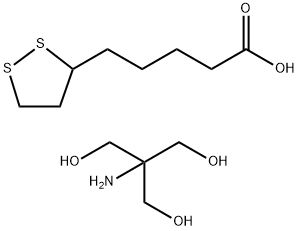
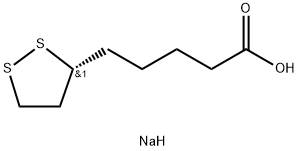
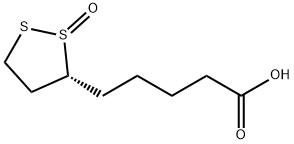

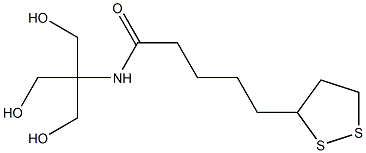

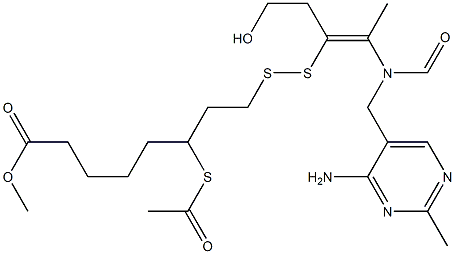

You may like
-
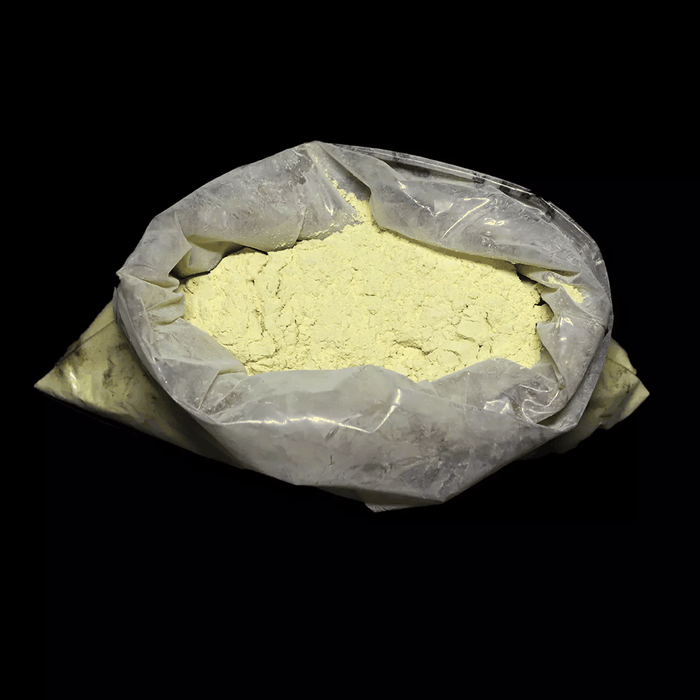 1200-22-2 R-Lipioic acid >98%View Details
1200-22-2 R-Lipioic acid >98%View Details
1200-22-2 -
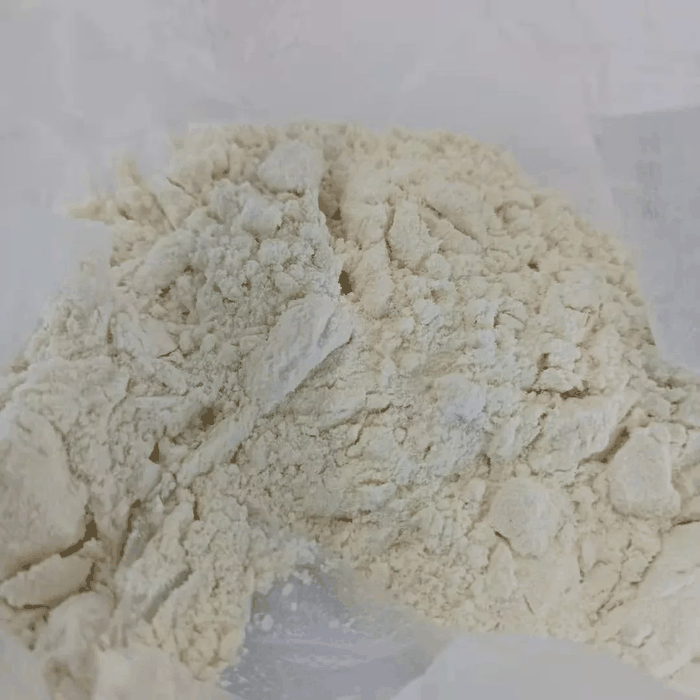 (R)-alpha-lipoic acid 98%View Details
(R)-alpha-lipoic acid 98%View Details
1200-22-2 -
 R-Lipoic Acid >98%View Details
R-Lipoic Acid >98%View Details
1200-22-2 -
 R-Lipoic Acid >98%View Details
R-Lipoic Acid >98%View Details
1200-22-2 -
 (R)-α-Lipoic Acid CAS 1200-22-2View Details
(R)-α-Lipoic Acid CAS 1200-22-2View Details
1200-22-2 -
 (R)-(+)-α-Lipoic acid CAS 1200-22-2View Details
(R)-(+)-α-Lipoic acid CAS 1200-22-2View Details
1200-22-2 -
 (R)-(+)-α-Lipoic acid CAS 1200-22-2View Details
(R)-(+)-α-Lipoic acid CAS 1200-22-2View Details
1200-22-2 -
 Thiourea 99% ARView Details
Thiourea 99% ARView Details
62-56-6
